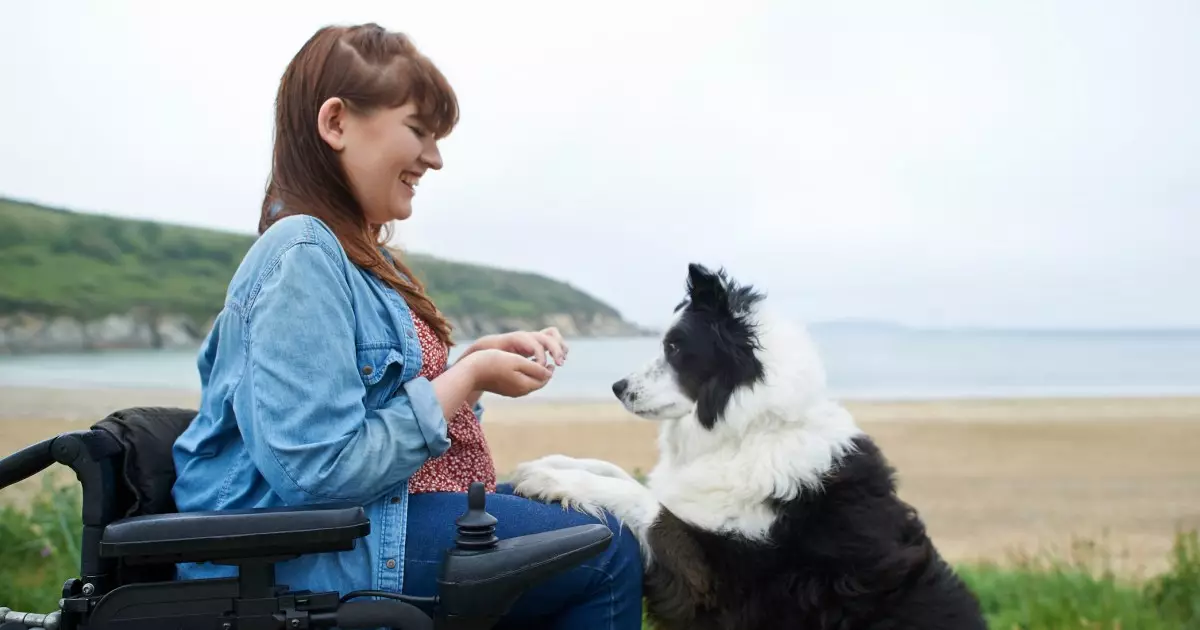Training your dog to respond to the “come” command can be one of the most rewarding yet challenging aspects of pet ownership. While puppies tend to be naturally drawn to their owners, adult dogs often require a more structured approach. This guide will explore effective strategies for teaching your dog to exhibit reliable recall, helping to strengthen your bond and ensure safety during outdoor activities.
When it comes to teaching your dog to come, positive reinforcement is key. From the very first attempts, every time your dog moves in your direction, it’s essential to offer praise or treats. Unlike several other commands, the “come” command should not be treated as a black-and-white scenario. Instead, reward your dog for any movement towards you, progressively building on their understanding of what is expected. The aim is to create a pattern where your dog learns that coming to you results in positive experiences.
However, it is important to recognize that anticipating distractions is a part of this training. A dog may eagerly run towards you but suddenly get distracted by the rustle of leaves or an intriguing scent. In these instances, punishing the dog or expressing frustration could discourage them from responding in the future. Celebrate the efforts; if they exhibit any signs of heading your way, shower them with affection and encouragement.
Distractions can be significant roadblocks during training sessions. Early on, when your puppy shows exploratory behavior and suddenly diverts their attention, it’s crucial to maintain control over the situation. In these instances, calling out your dog’s name and running away can rekindle their interest. Dogs are naturally curious creatures, and by moving away, you not only create intrigue but also encourage them to chase you.
Once they are back in motion toward you, praise them enthusiastically. This approach mimics a game, making it more appealing for your dog to come when called. Remember, the goal is to ensure that they associate the command “come” with fun and positive experiences rather than with reprimand or disappointment.
One of the gravest mistakes pet owners can make is to inadvertently teach their dogs that coming to them results in negative experiences. If a dog is called to be punished for a misdeed, they will soon learn to associate the command with fear rather than as an invitation. For instance, if your dog has had an accident in the house and you call them to scold them, they may avoid coming to you in the future, interpreting the command as a threat rather than a request.
To break this cycle, focus on reinforcing good behavior at all times. If a dog misbehaves, handle the situation without recalling them. Instead, clean up after them without calling for them and later address the issue with proper training methods. This will reduce the likelihood of negative associations forming around the “come” command, allowing your dog to trust that coming to you is a safe and positive action.
The Timing of Commands
Using commands like “come here” or “let’s go” can sometimes be confusing for dogs if they are not demonstrated effectively. Until you have established a reliable recall, it is advisable to stick to simpler commands such as “sit” or “stay.” These commands are straightforward and can help grab your dog’s attention. Once they are reliably responding to these, you can introduce the “come” command when you are sure they are focused and engaged.
A well-timed command is essential to successful training. Wait until your dog is calm and attending to you before issuing a command like “come here.” By ensuring that your dog is already focusing on you, you maximize the chances of them responding positively.
Ultimately, the path to a reliable recall is paved with consistent practice and positive reinforcement. Training your dog to come when called takes patience, practice, and dedication. Regular training sessions, combined with spontaneous recall exercises in varied environments, will help your dog understand their role and the importance of responding promptly to the “come” command.
By cultivating a positive training environment, avoiding negative associations, and practicing consistent commands, you can achieve a reliable, enthusiastic recall from your dog. This skill will not only enhance your training experience but will also contribute significantly to your dog’s safety and the overall enjoyment of your time together.


Leave a Reply